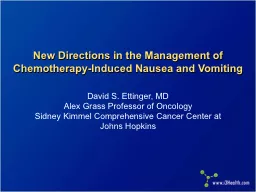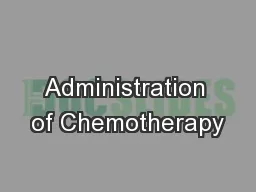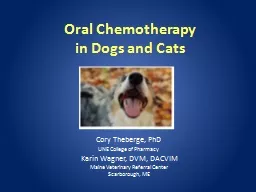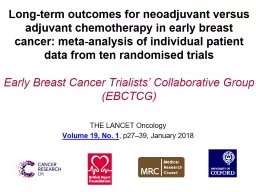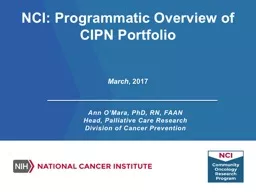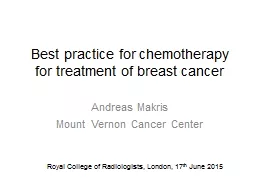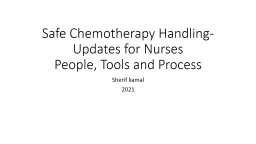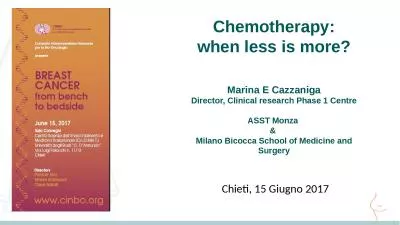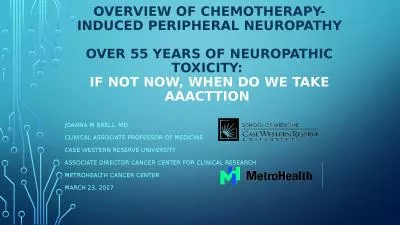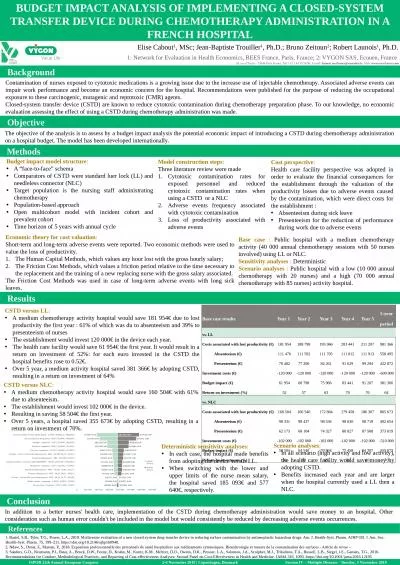PPT-New Directions in the Management of Chemotherapy-Induced Na
Author : tatiana-dople | Published Date : 2016-09-05
David S Ettinger MD Alex Grass Professor of Oncology Sidney Kimmel Comprehensive Cancer Center at Johns Hopkins Disclosure of Conflicts of Interest David S Ettinger
Presentation Embed Code
Download Presentation
Download Presentation The PPT/PDF document "New Directions in the Management of Chem..." is the property of its rightful owner. Permission is granted to download and print the materials on this website for personal, non-commercial use only, and to display it on your personal computer provided you do not modify the materials and that you retain all copyright notices contained in the materials. By downloading content from our website, you accept the terms of this agreement.
New Directions in the Management of Chemotherapy-Induced Na: Transcript
Download Rules Of Document
"New Directions in the Management of Chemotherapy-Induced Na"The content belongs to its owner. You may download and print it for personal use, without modification, and keep all copyright notices. By downloading, you agree to these terms.
Related Documents

